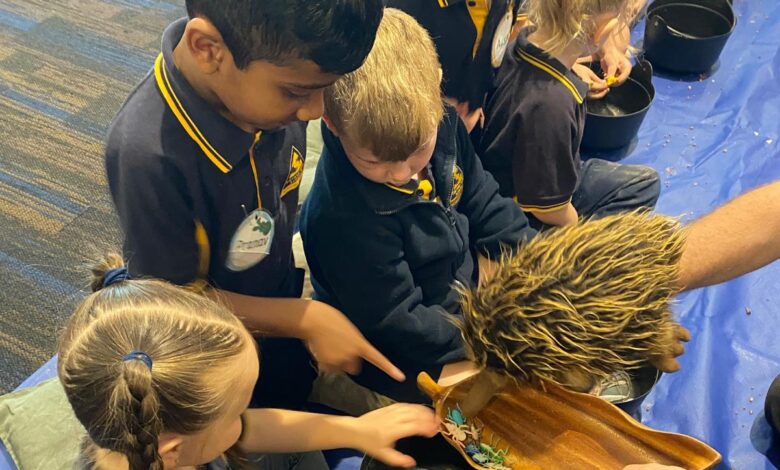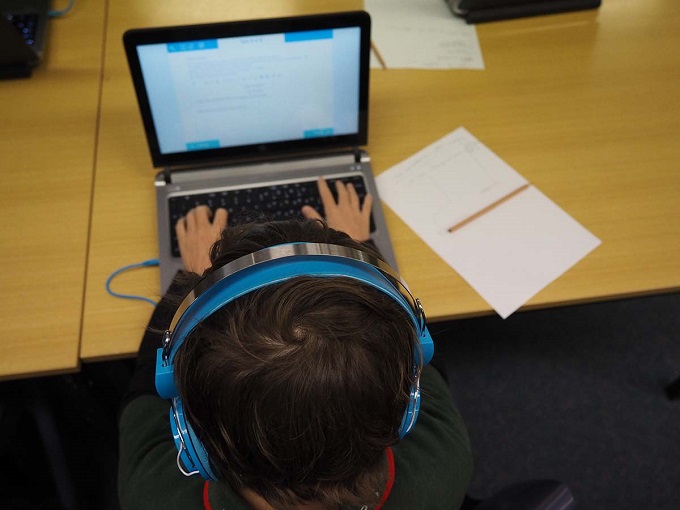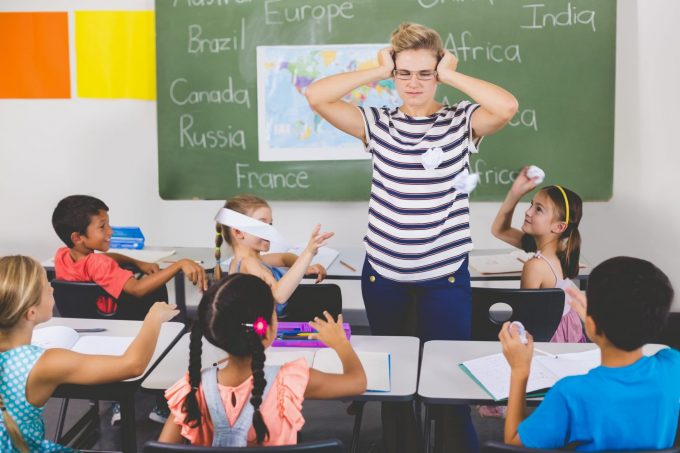Bringing sensory storytelling into the classroom
Sensory storytelling has wide-ranging benefits for all students.

When we think of storytelling in the classroom, we might imagine a teacher reading aloud from a book while children sit quietly listening. But what if the story could be felt, smelled, heard, and even tasted? That’s the transformative power of sensory storytelling, a practice that’s redefining how we engage students—especially those with disabilities.
Read the latest print edition of School News HERE
“Sensory storytelling isn’t about getting it ‘right’, it’s about tuning into your students’ responses and building a shared experience,” says Holly Campbell, Creative Learning Coordinator at Sensorium Theatre in Western Australia. With a background in community arts, drama, and developmental therapy, Campbell has spent her career designing inclusive creative experiences for children of all abilities. At Sensorium, she leads professional learning and builds partnerships with specialist schools across the state, helping educators unlock the potential of multi-sensory storytelling.
What is sensory storytelling?
At its core, sensory storytelling is about bringing stories to life using all five senses—touch, sight, sound, smell, and taste. “Unlike traditional storytelling, which often centres on verbal language, sensory storytelling is a multi-modal communication experience,” Campbell explains. “It creates multiple access points, allowing children of all abilities to connect, explore and participate in their own unique way.”
Inspired by the State Library of WA’s Better Beginnings initiative, Sensorium Theatre’s version is deeply immersive and play-based. Children are encouraged to move, interact, and engage physically with the world of the story.
“We love using natural elements like sand, leaves, and water. Scents such as lavender or eucalyptus are powerful for transporting children to different environments such as the forest or the ocean. Sound effects, from soft rain created with a rain stick to whooshing wind with a whirly pipe can help anchor key story moments.” says Campbell. “These materials invite curiosity and hands-on exploration.”
Not just for children with disability
Although sensory storytelling is especially beneficial for students with disabilities, it offers wide-ranging benefits for all learners. “It supports engagement, early literacy development and imaginative play,” says Campbell. “The program builds capacity amongst parents, early childhood educators and therapists by modelling the use of music and sensory activities to augment children’s understanding and enjoyment of story.”
Educators will see improvements in students’ emotional regulation, creativity, communication, and confidence. “They are especially effective for children who face barriers to participation,” Campbell notes. “Sensory stories offer structure, predictability, and calming input, helping children feel safe and grounded.”
What kind of books work best?
Campbell recommends choosing picture books with clear text, vivid imagery, and repetitive, rhythmic language. “Repetition and rhyme are especially effective as they act as anchor points in the story,” she says. Think of stories where rain can fall, animals can be touched, or ocean waves can be heard.
It’s not just about the language, either. Sensory storytelling offers rich developmental opportunities. “Children learn emotional regulation, collaboration, and imaginative play. They also develop a sense of agency and belonging,” Campbell says.
Getting started in your classroom
So how can teachers begin? “Start small. Keep it simple. Don’t be afraid to get playful,” encourages Campbell. Sensory storytelling is about creating a shared moment of connection and wonder, not about perfect performance.
Use what you already have—scarves can become waves, a spray bottle becomes rain, and a pinecone becomes a forest treasure. And always tune into how your students respond, she adds. Are they engaged? Curious? Ready to explore?
Final words of advice
For Campbell and Sensorium Theatre, the message is clear: inclusive, sensory-based experiences don’t just tell a story—they invite every child into the story. By offering multiple ways to engage, she says, sensory storytelling can help children—especially those who face communication or sensory challenges—feel seen, valued, and part of the story.
Whether you’re in a mainstream classroom or a specialist setting, sensory storytelling can be a powerful and joyful addition to your teaching toolkit.







